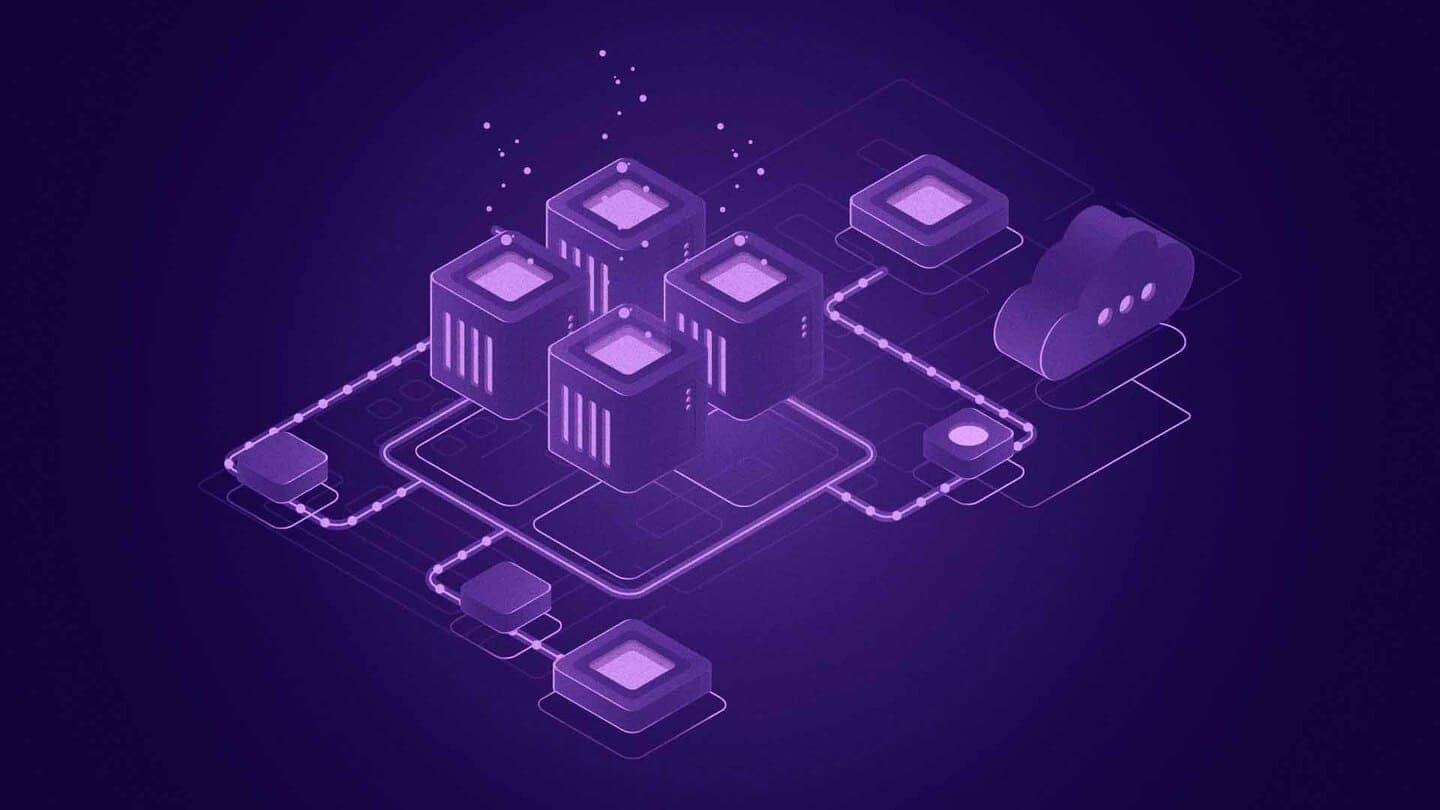Execution Layer vs Consensus Layer – Understanding the Backbone of Blockchain Architecture

Modern blockchains are structured around a modular architecture where two distinct components—the Execution Layer and the Consensus Layer—work in tandem. This separation ensures that smart contract execution and network agreement mechanisms are independently optimized, unlocking greater scalability, security, and system evolution over time.
Key Ideas
-
The Execution Layer handles transaction logic and contract execution, acting as the engine that processes dApp interactions and updates the blockchain’s state.
-
The Consensus Layer upholds network integrity by ensuring all participants agree on state changes using validators and consensus protocols—its independence from execution logic enables scalability and resilience in decentralized networks.
Read more at: chiliz.com
2025-05-21